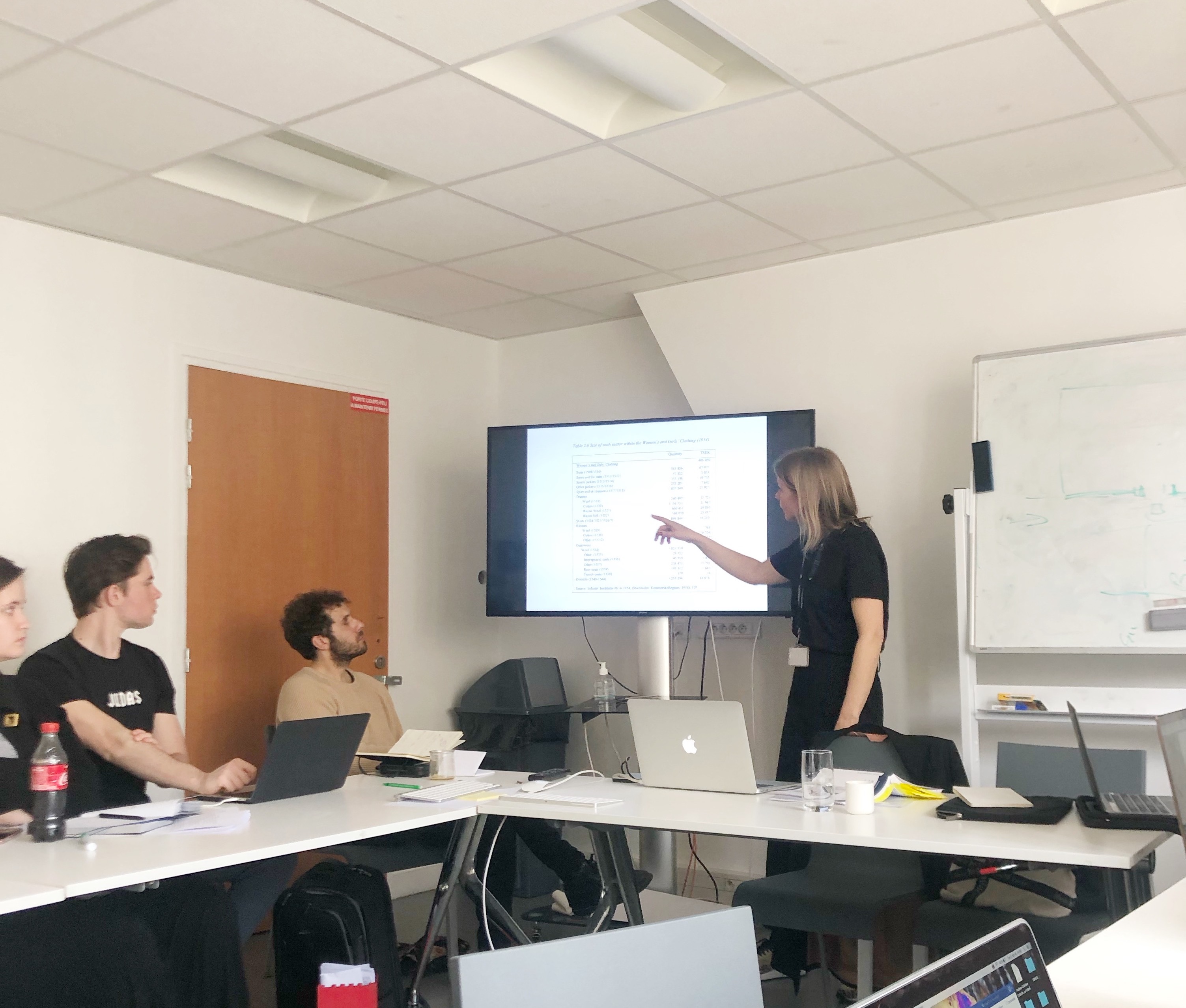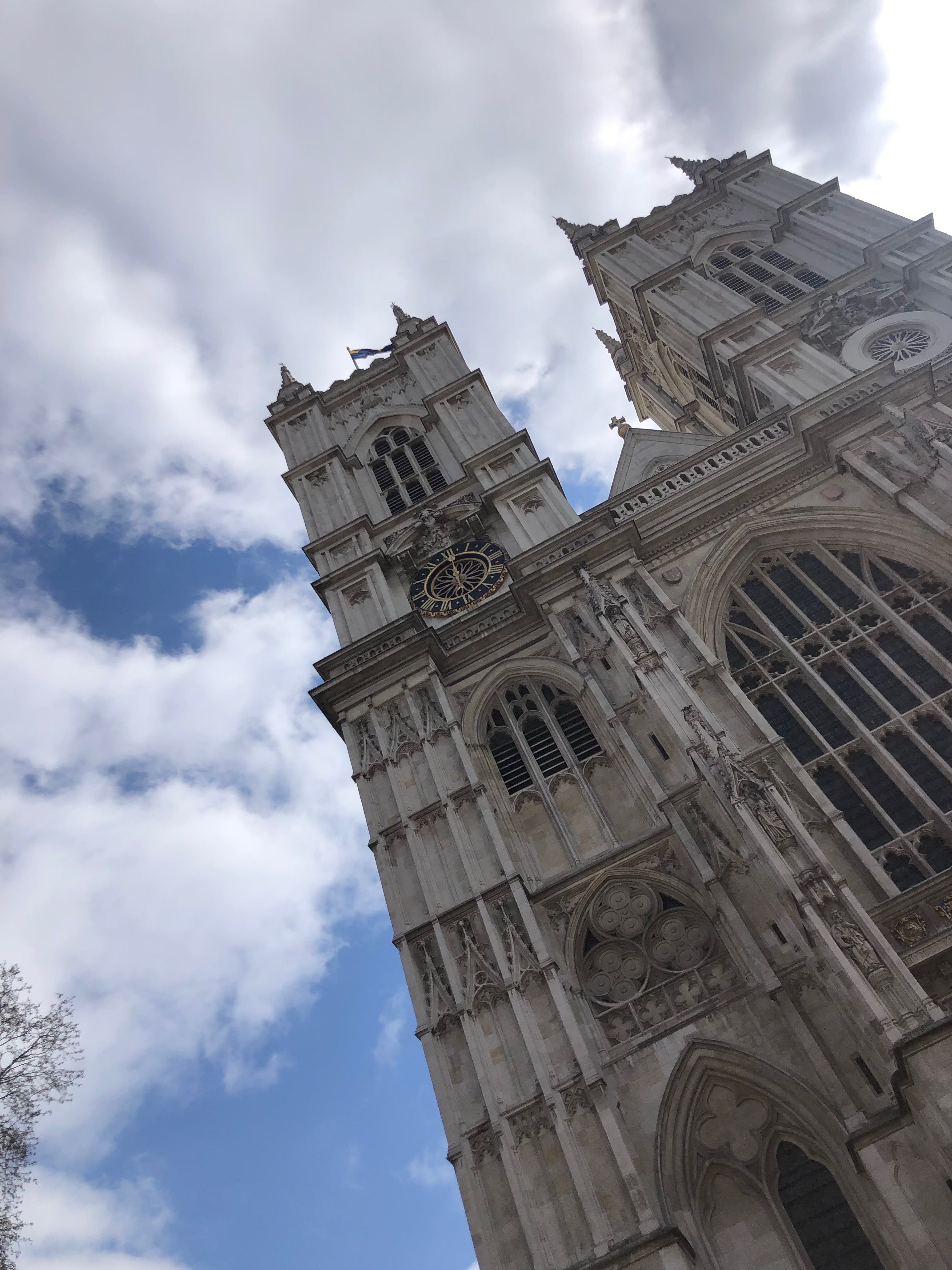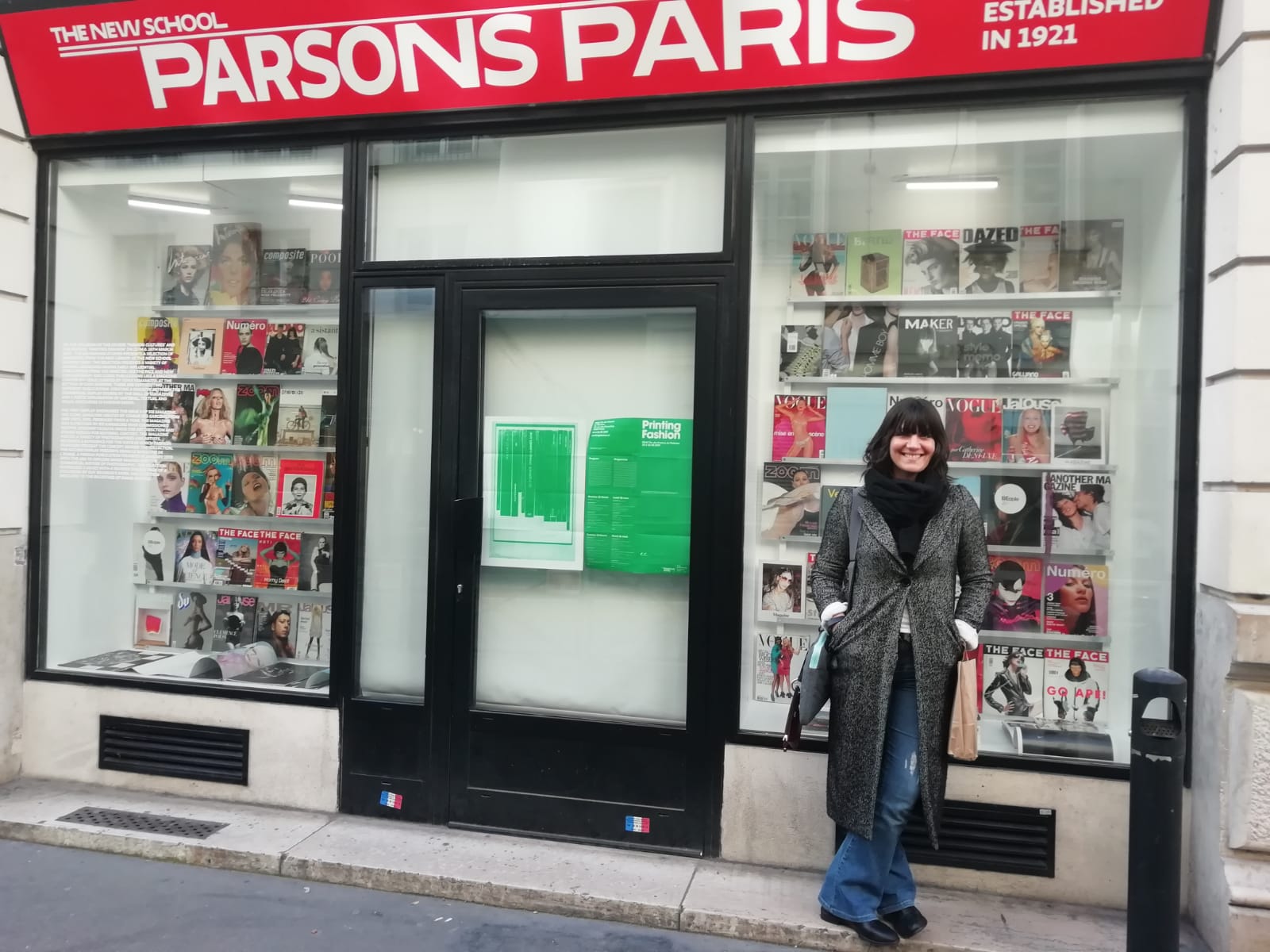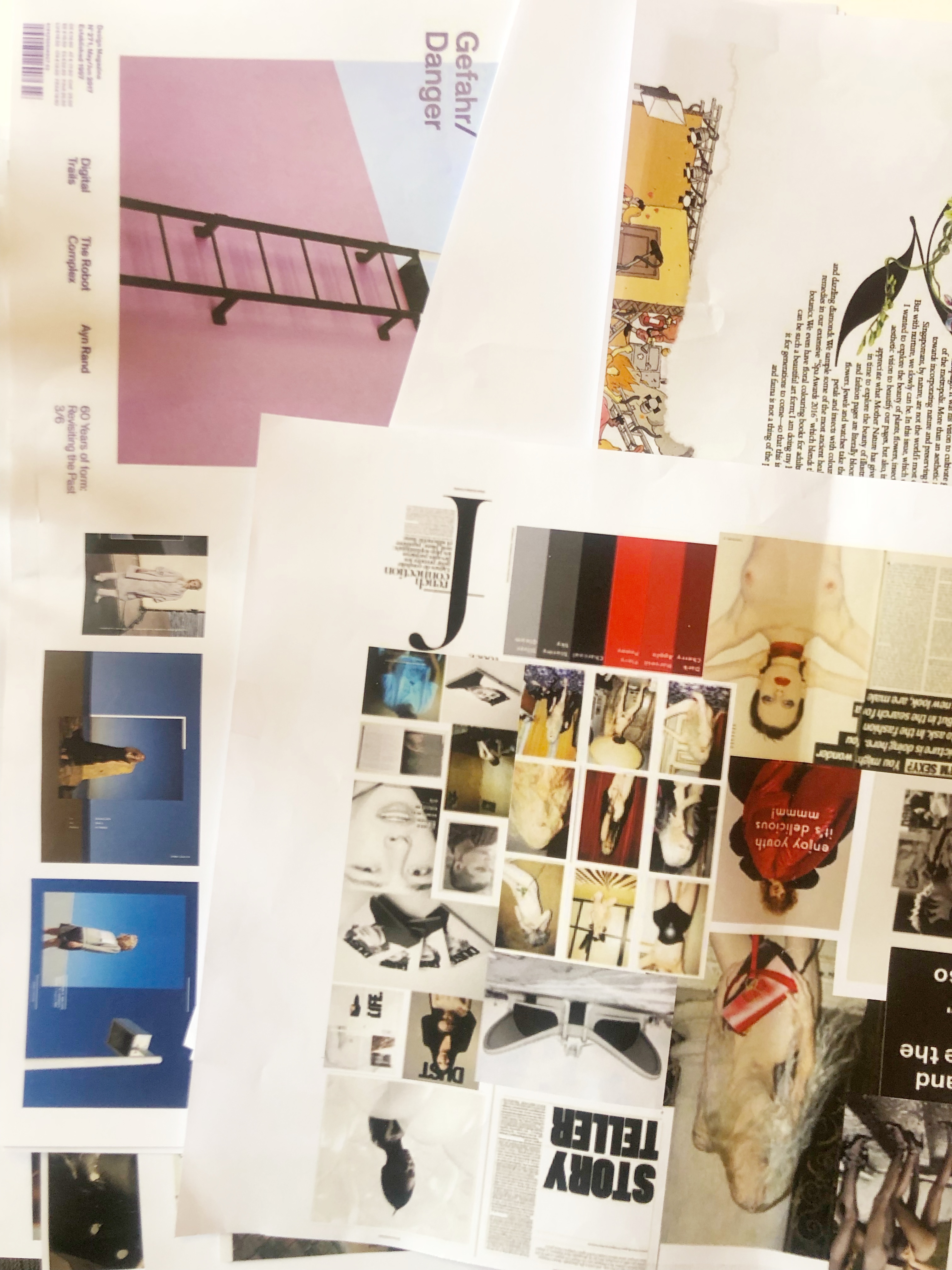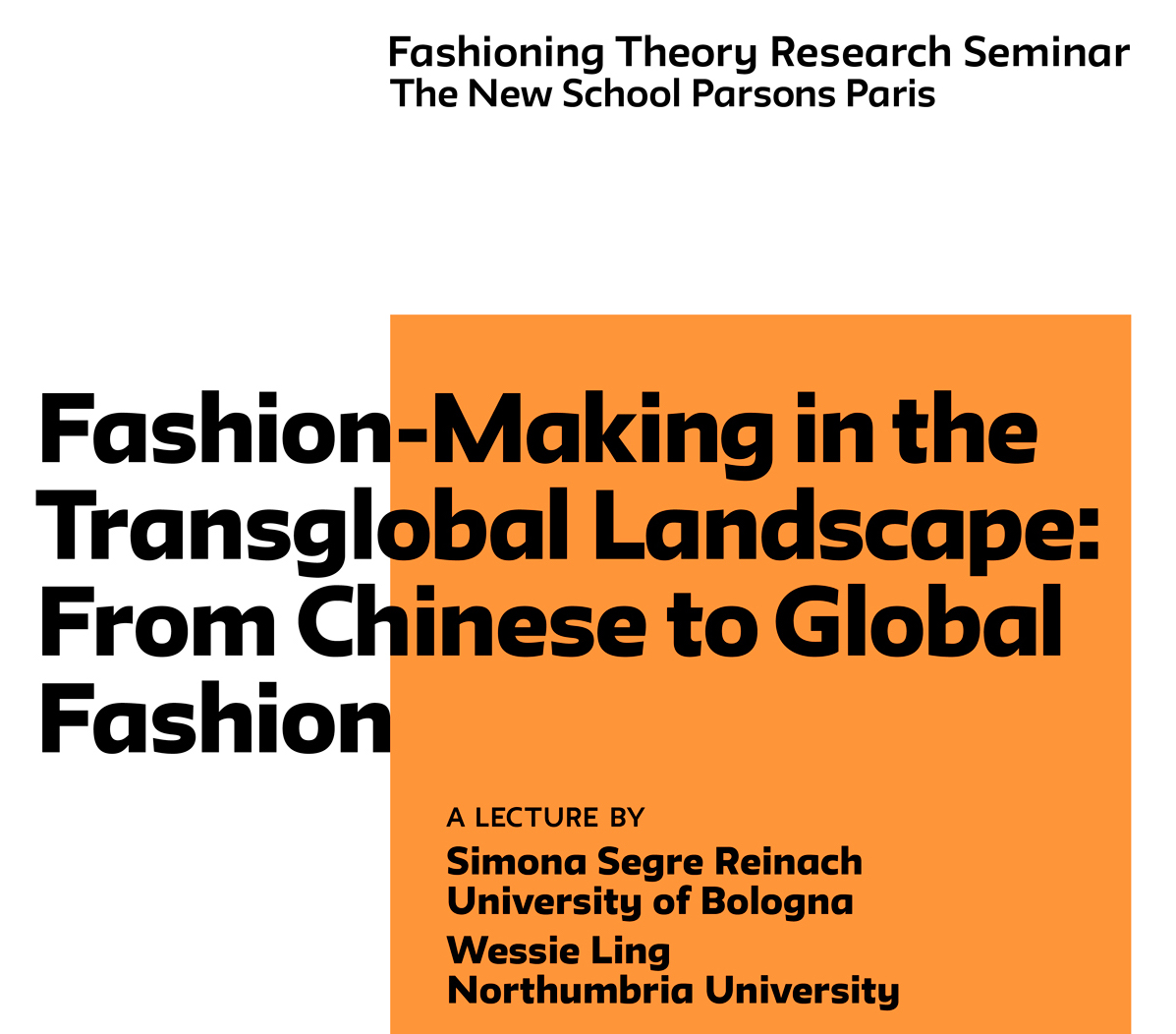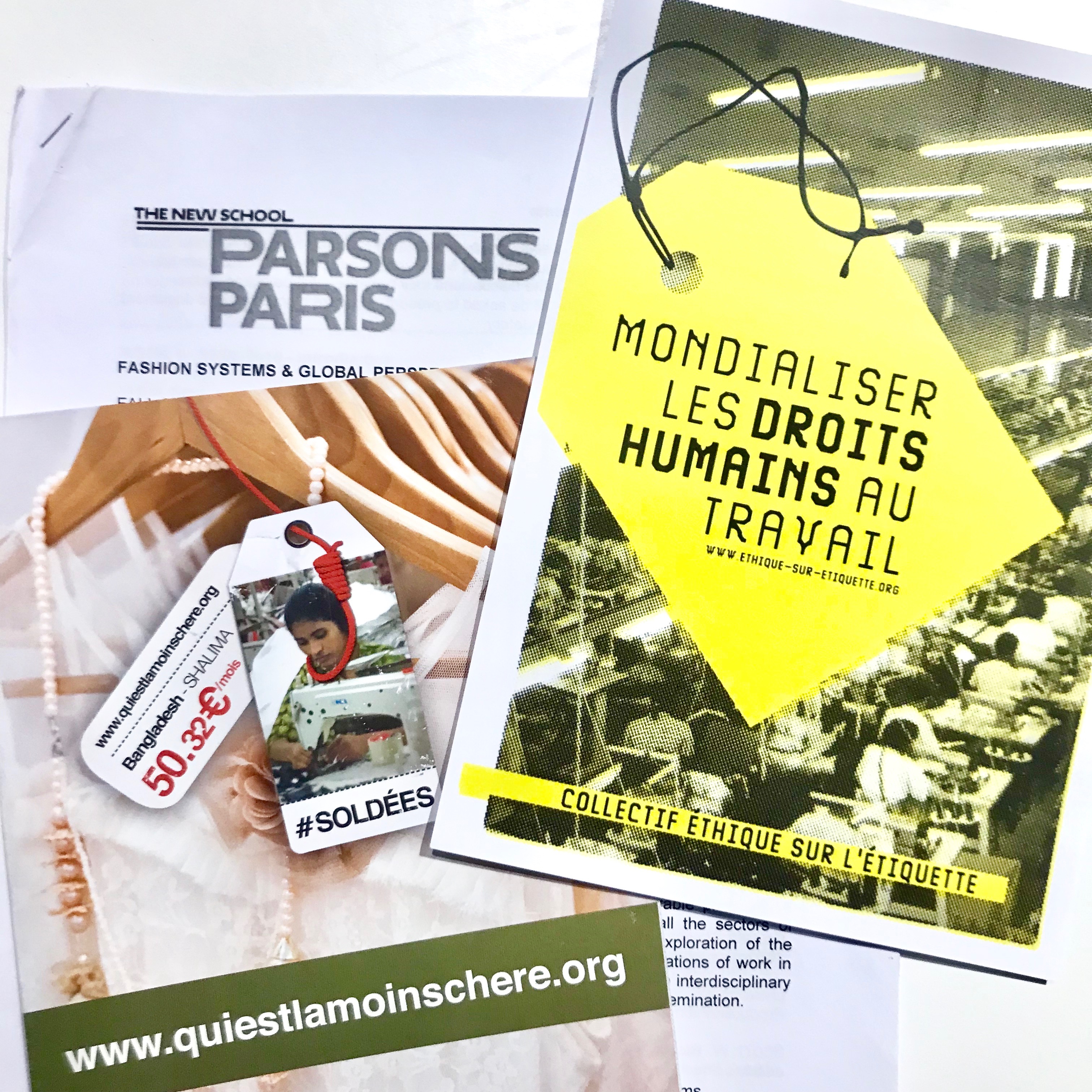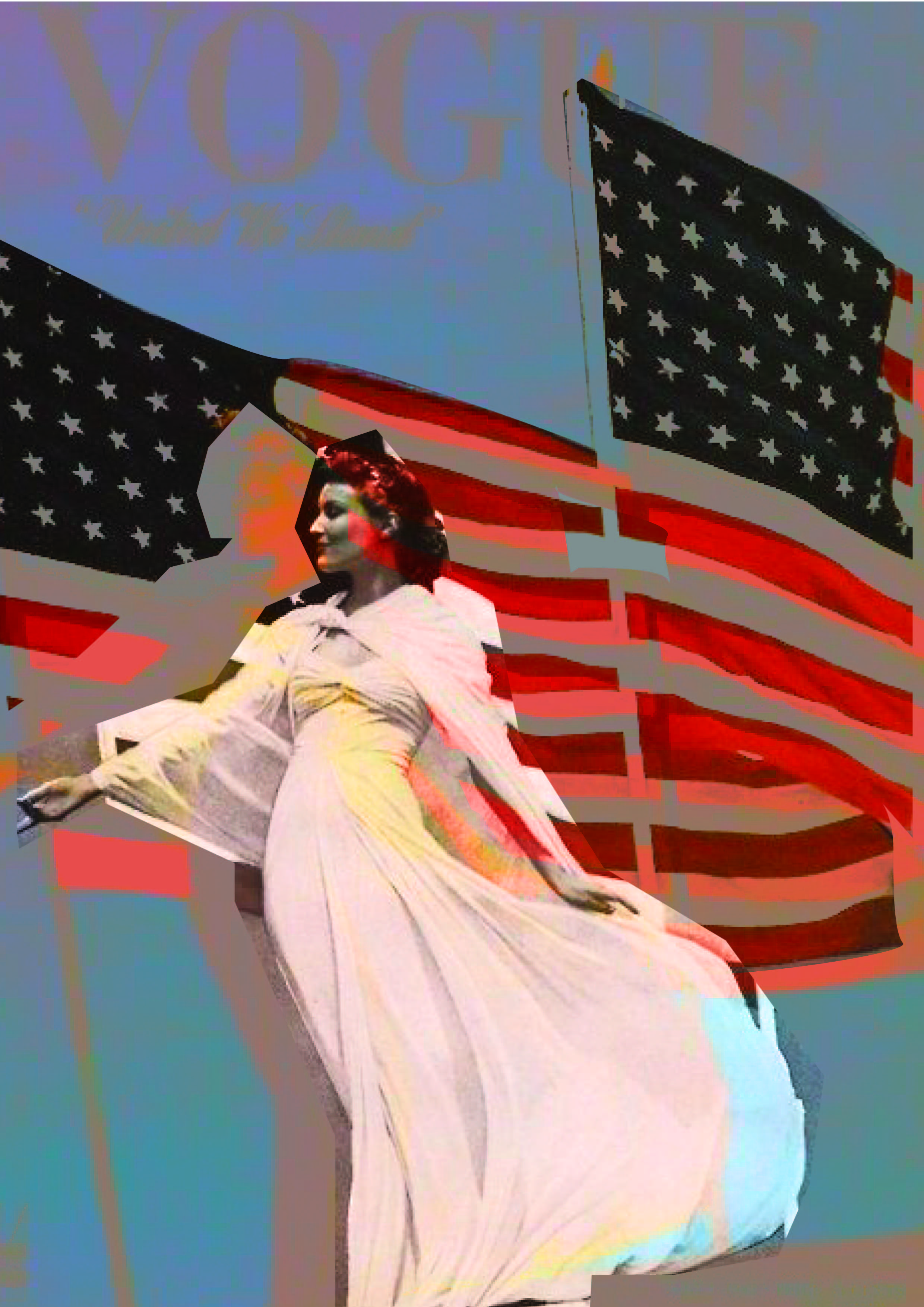
Cover VOGUE US, July 1942
On September 28, 2016 the ‘Fashion Systems and Global Perspectives’ class welcomed PhD candidate Lauren Downing Peters to lecture about the American Fashion System. Peters is currently a PhD student in contemporary fashion theory at the Centre for Fashion Studies at Stockholm University. Peters is special to our guest lectures as she was part of the very first MA Fashion Studies class at Parsons The New School for Design. Previous to her Parsons education, she received a BA in Art History from Washington University in St. Louis.
The lecture began with the questions, What is American Fashion? What is New York Fashion?
As the class dived into the brief but rich history of American fashion, it was noted that the conversation primarily hones in on New York fashion. Peters started her lesson by describing the gritty details of the Garment District, including unsafe sweatshops that were documented in 1888 to be akin to slavery, and the unforgettable Triangle Shirtwaist Factory fire of 1911 that changed factory labor laws and introduced labor regulations in America. These labor tragedies were due to the increasing demand of clothing and the mass production of Parisian style.
During the Great Depression, FDR’s Works Progress Administration put artist to work, and the honest documentary was a key informative to fashion photography. Although, over time, fashion photography portrayed women as having it all. The classic American woman was an individual who conformed to the following list: classic, outdoors-y, tan, thin, domestic, sports-wearing, modern and of course, fashionable.
Peters continued her lecture with information on the Fashion Group International, which was established in the 1930s to recognize women’s role in fashion and to encourage them to seek career opportunity. Fashion Group International founded FIT to cater to the fashion industry. Closer to the class’s roots, Parsons was formed during the same time, with the slogan, ‘Art is for Everyone’ and became the first art school in New York to enroll women and people of color.
Peters briefed over the Second World War, where Nazi occupation of Paris left America in need of fashion designers and raw materials. Dorothy Shaver was then discussed, as Shaver used department store display windows in an aim to knowledge shoppers on American designers. In these windows she displaying the designer’s picture and a short biography, emphasizing their clothing as well-made and functional. Vogue, too, provided information to its ‘posh’ readers about the changing American style. During the war, sportswear became streamline as it had deep ties to wartime restrictions. Although there were no apparent garment restrictions, it was seen as an act of patriotism to use coupon books for all raw materials so they could be diverted to war.
At the end of the lecture, Peters showed a clip of the 1973 Battle of Versailles where Americans brought black models and disco for the first time into a fashion show that, according to Peters, “blew French fashion away.” The ‘Fashion Systems and Global Perspectives’ class was excited to have Peters as a guest lecturer for she gave the MA Fashion Studies students a brief overview on what to expect, as here at Parsons Paris, the first MA Fashion Studies was inducted this Fall.
Text by Sarah Safar
Image by VOGUE US July 1942
Postproduction Image by Tala Alghamdi





